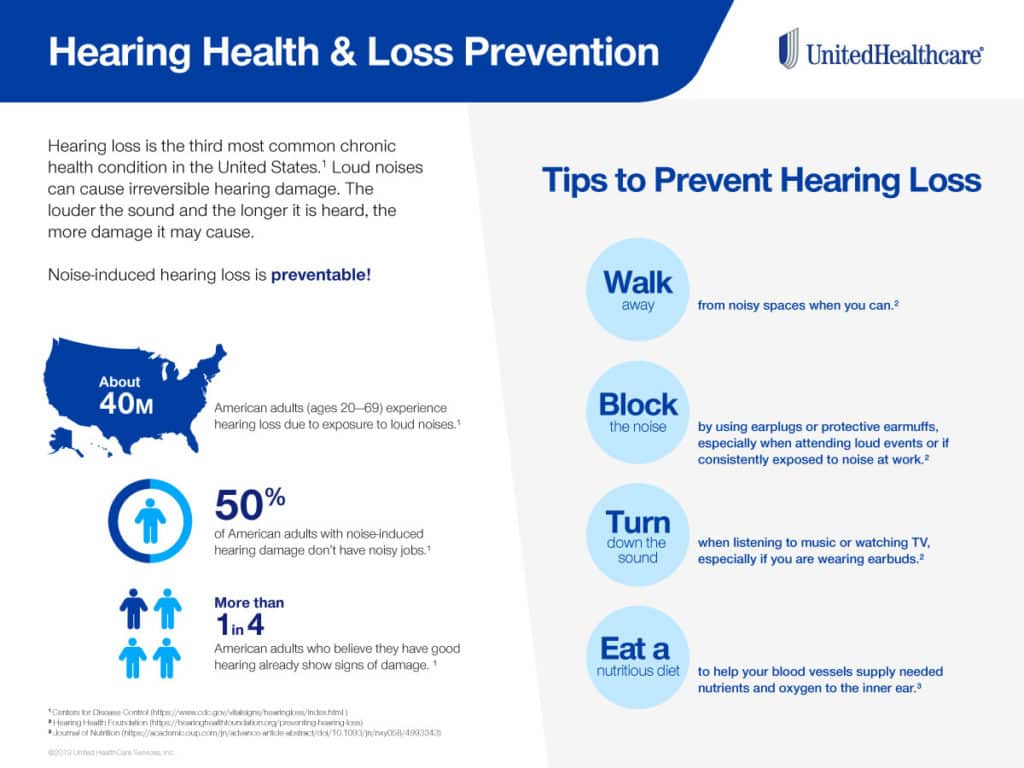 By Diane Nens
By Diane Nens
The sounds of summer are here: kids playing outside, crickets chirping and the ice cream truck’s familiar melody. But for a growing number of New York residents, these sounds are becoming more difficult—or impossible—to hear.
Hearing loss affects more than 48 million people nationwide, and it could become more widespread in the coming years due to an aging population and our increasingly noisy world. To help people reduce their risk of hearing loss and become more informed about the nation’s third most common chronic condition, here are five myths—and the facts—to consider:
Hearing loss affects only older people
While it is true that most people’s hearing naturally declines as we age, the condition can affect people in their 30s, 40s and 50s. In fact, nearly one-third of people with hearing loss are 59 or younger. The condition could affect more people in the coming decades, as more than 1.1 billion young adults worldwide are at risk of developing hearing loss, according to a study by the World Health Organization.
Hearing loss is harmless
Hearing loss is more than a nuisance or a sign of aging—it can have a significant impact on people’s overall health. For instance, research shows hearing loss is associated with social isolation, dementia, depression and other health ailments. People with hearing loss are 32 percent more likely to be hospitalized, including a 300-percent greater risk of falling, according to the Better Hearing Institute. For people in the workforce with hearing loss, the condition reduces household income by an average of $12,000 per year; the use of hearing aids can mitigate up to 50 percent of that.
Hearing loss can’t be prevented
Exposure to loud sounds—both one-time or cumulatively—can contribute to noise-induced hearing loss. To help reduce your risk, limit exposure to loud sounds and consider using ear protection, especially at sporting events and music concerts where sounds can often exceed 100 decibels. When listening to music or movies on a mobile device, people should consider over-the-ear headphones—especially models with noise-cancelling properties—as those are generally considered a better option than earbuds. When using earbuds, follow the “60/60 rule”: listen for no more than 60 minutes at a time and at no more than 60 percent of the player’s maximum volume.
Hearing loss will improve without treatment
For some people in the early stages of hearing loss, there is an expectation—and hope—the problem will resolve itself or improve eventually. The reality is hearing loss tends to gradually worsen over time without treatment. Unlike a broken bone or other physical injury, hearing follicles don’t regrow or repair themselves. Once someone has hearing loss, the most effective treatment is usually hearing aids.
Hearing aids are expensive and bulky
Hearing aids can be expensive, but more affordable options are becoming available. Direct-to-consumer hearing aids can enable people to save up to 80 percent compared to devices sold through traditional channels. And a growing number of health plans are offering coverage for hearing aids, including through some Medicare Advantage and employer-sponsored benefit plans. Plus, newer advances are making hearing aids smaller and more comfortable than those from previous generations, while incorporating fall-detection capabilities and bluetooth technology to sync with smartphones and other digital devices.
With hearing loss on the rise, now is the time for prevention and treatment. By dispelling these myths and taking recommended precautions, people can enjoy the sounds of summer and help maintain their hearing health.
Diane Nens is an audiologist and senior clinical director of UnitedHealthcare Hearing.


















